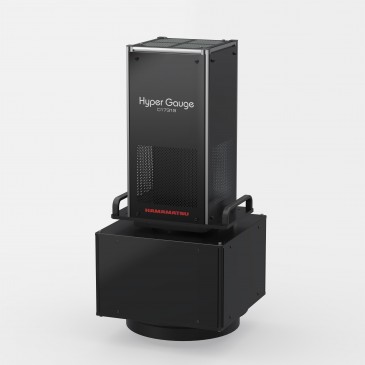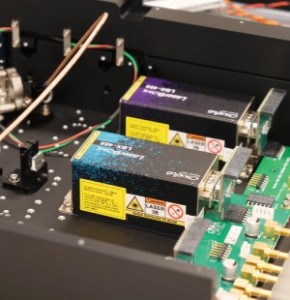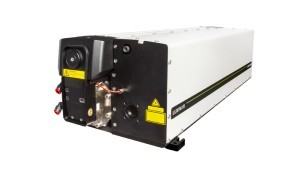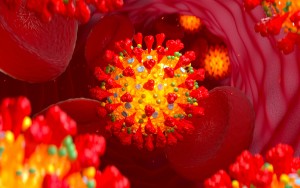
COVID-19 has affected nearly every aspect of our lives for more than two years now, but it is heartening to take a step back and look at how the photonics industry is helping to move us beyond the pandemic. The venerable CT scan, for example, was used to detect lung damage in many COVID cases, so while routine CT scans were put on hold, the CT scanner market remained relatively strong—forecast to grow at nearly 6% CAGR through 2026.
Far UV-C and disinfection
Disinfection played a role in preventing spread of the virus, and companies that make ultraviolet disinfection systems saw a surge in sales. In research conducted at the University of Colorado, Boulder, scientists studied the effects of different wavelengths of UV light on SARS-CoV-2 and other respiratory viruses. The authors of the study referred to the findings as a “game changer”.
“Of almost every pathogen we have ever studied, this virus is one of the easiest, by far, to kill with UV light,” said senior author Karl Linden, professor of environmental engineering. “It takes a very low dose. This indicates that UV technology could be a really good solution for protecting public spaces.”
The researchers found that while the virus was quite susceptible to UV light in general, a specific wavelength of Far ultraviolet-C, at 222 nanometers, was particularly effective. Created by what’s known as a krypton chloride excimer lamp, fueled by molecules moving between different states of energy, this wavelength is very high energy. Therefore, it’s able to inflict greater viral protein and nucleic acid damage to the virus compared to other UV-C devices, as well as be blocked by the very top layers of human skin and eyes—meaning that it has limited to no detrimental health effects at doses that are capable of killing off viruses.
“Not only is it safe, it's also the most effective,” said Linden.
Companies that develop far-UVC devices are seeing very high demand. Knight Optical, for example, described the building of a typical UVC light source, explaining that the light source needs to be within the 200 to 280nm range, however this wavelength can pose rises to humans. So the far-UVC wavelengths between 207 and 222nm are safer because they can still inactivate pathogens but do not penetrate dep enough into active skin layers or the eyes. Far-UVC sterization systems are preferred for disinfection systems that are operated manually by humans or in areas where people are present, such as in airports, hotel lobbies, schools and other high-traffic areas.
Laser-activated PCR test
In the past year, imec developed a breath sampler based on imec's unique chip technology, and performed clinical studies with the university hospital and university of Leuven showing that imec's breath sampler is capable of capturing the SARS-CoV-2 virus in exhaled air, and detecting the viral RNA quickly and reliably using laser activation . https://www.novuslight.com/imec-technology-for-fast-covid-test-moves-toward-commercialization_N12020.html Also, imec developed a sampling instrument integrating the breath sampling technology and imec's ultra-fast PCR-test, and optimized the robustness and ease of use, to achieve a functioning proof-of-concept to date.
"I note with great pride that we have run an impressive course in the past months," says Luc Van den hove, CEO at imec. "We have succeeded in transforming a promising concept and groundbreaking technology into a functional proof-of-concept that has passed both user tests and clinical studies. This is the first time that we have gone this far in the development of our chip technology towards commercialization. With this proof-of-concept, we can demonstrate – much closer to the market – the added value of our technology, while significantly reducing the time-to-market for our partners. The license agreement with miDiagnostics is an important milestone for imec: Our breakthrough technology will help curb the COVID-19 pandemic in the foreseeable future."
Thermal imaging
Early on in the pandemic, it seemed that handheld temperature screening devices were everywhere, being used to screen people for fever—a possible indication of COVID-19 infection. EPIC recently released a report https://www.novuslight.com/the-future-of-the-thermal-imaging-market_N12169.html#atop on the market for thermal imagers, which notes that a few patents for thermographic fever imaging increased from an average of 2.5 per year to 48 new applications in 2020 alone. The report also found that the market for thermography units increased by 426%, from 2019 to 2020, with Chinese companies accounting for largest increase from 15% to 61%.
While the continued growth of this market is unclear, the EPIC report pointed out three parameters that will affect the future of the thermal imaging market:
1. Major consumer/purchaser policies: Will airports, border control, big companies, city authorities, event organizers and government organizations etc. continue with thermal control? Will it stay at the current level or even increase, or will thermal scans be abandoned after the COVID19 pandemic? If the current situation continues, there will be a moderate to strong increase of the thermal imaging market, unless the interest for thermal screening somehow stops, which would lead to similar market as before with typical increases.
2. National / federal regulations & policies: Will the US continue its ban of major Chinese camera manufacturers? Will the FDA insist on 501(k) certification for valid thermal scanning? If so, the market will decline at least until sufficient systems have achieved 501(k) certification. Will there be national laws for fever scan for access to certain events? Or will thermal scanning only be regulated for medical diagnosis? EU policy is unclear on these three points.
3. Technology and consumer market: Will SWaP (size, weight & power) and price decrease sufficiently so thermal sensors or cameras can be implemented in mobile phones and tablets? If so, there could be a very strong increase in the number of systems.
The pandemic blip
We applaud the advances in these technologies that made it possible to diagnose, disinfect and do their part in finally stalling COVID-19. While many companies in the photonics industry have experienced strong market growth at this time, we look forward to returning to the day when photonics plays a strong role in our everyday lives as we get back to normal.
Written by Anne Fischer, Editorial Director, Novus Light Technologies Today.







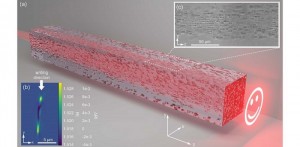
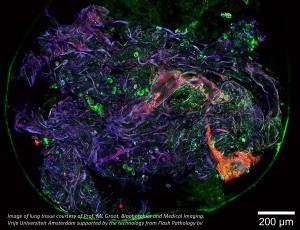

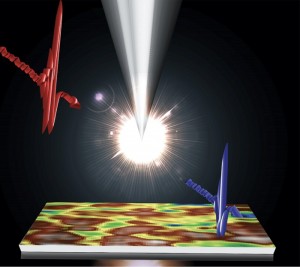
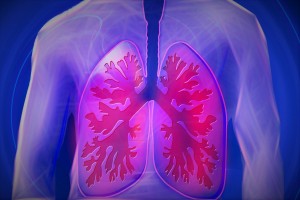
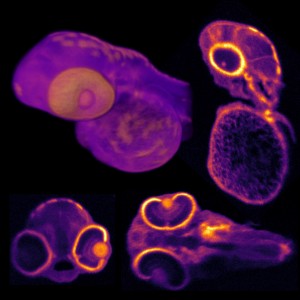


















 Back to Features
Back to Features